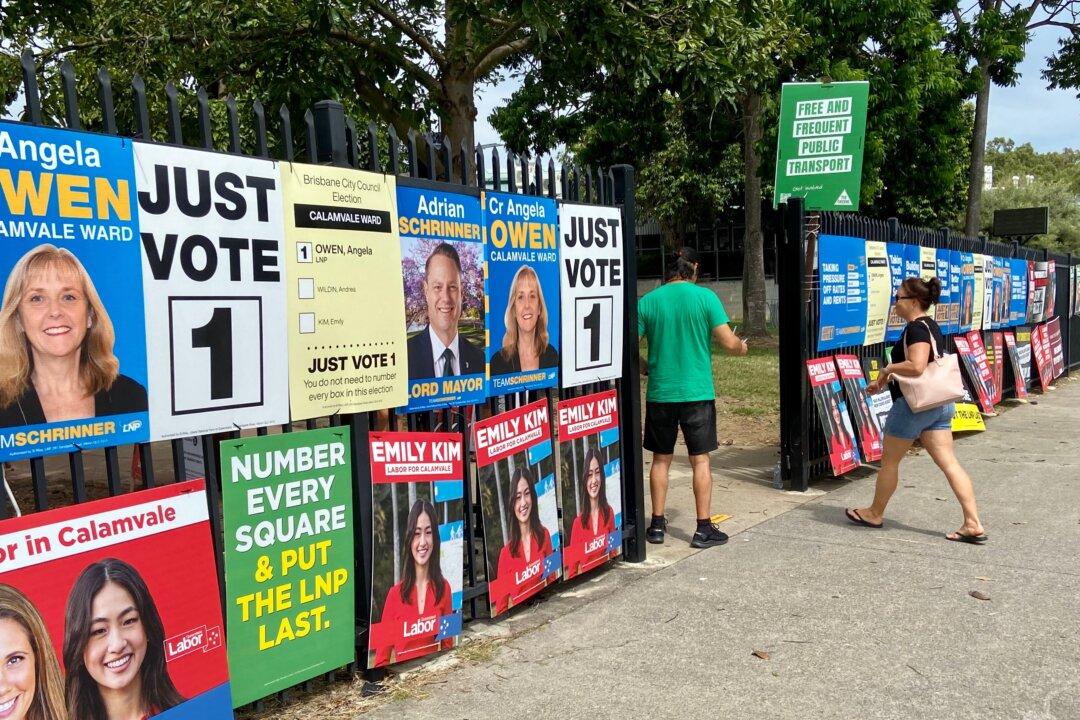Commentary
Two political parties won out of this weekend’s Queensland elections, and one party, the (Australian Labor Party) ALP suffered devastating defeats.

Two political parties won out of this weekend’s Queensland elections, and one party, the (Australian Labor Party) ALP suffered devastating defeats.